We pursue practice-based research using design-led techniques in holistic encounters with real-world design settings. Choosing situations which resonate with topical research issues and carefully articulating our process and results has allowed us to make influential contributions with the research products we design and the methodological and conceptual innovations we develop in the course of our work. Here is a brief overview of a few:
Cultural Probes
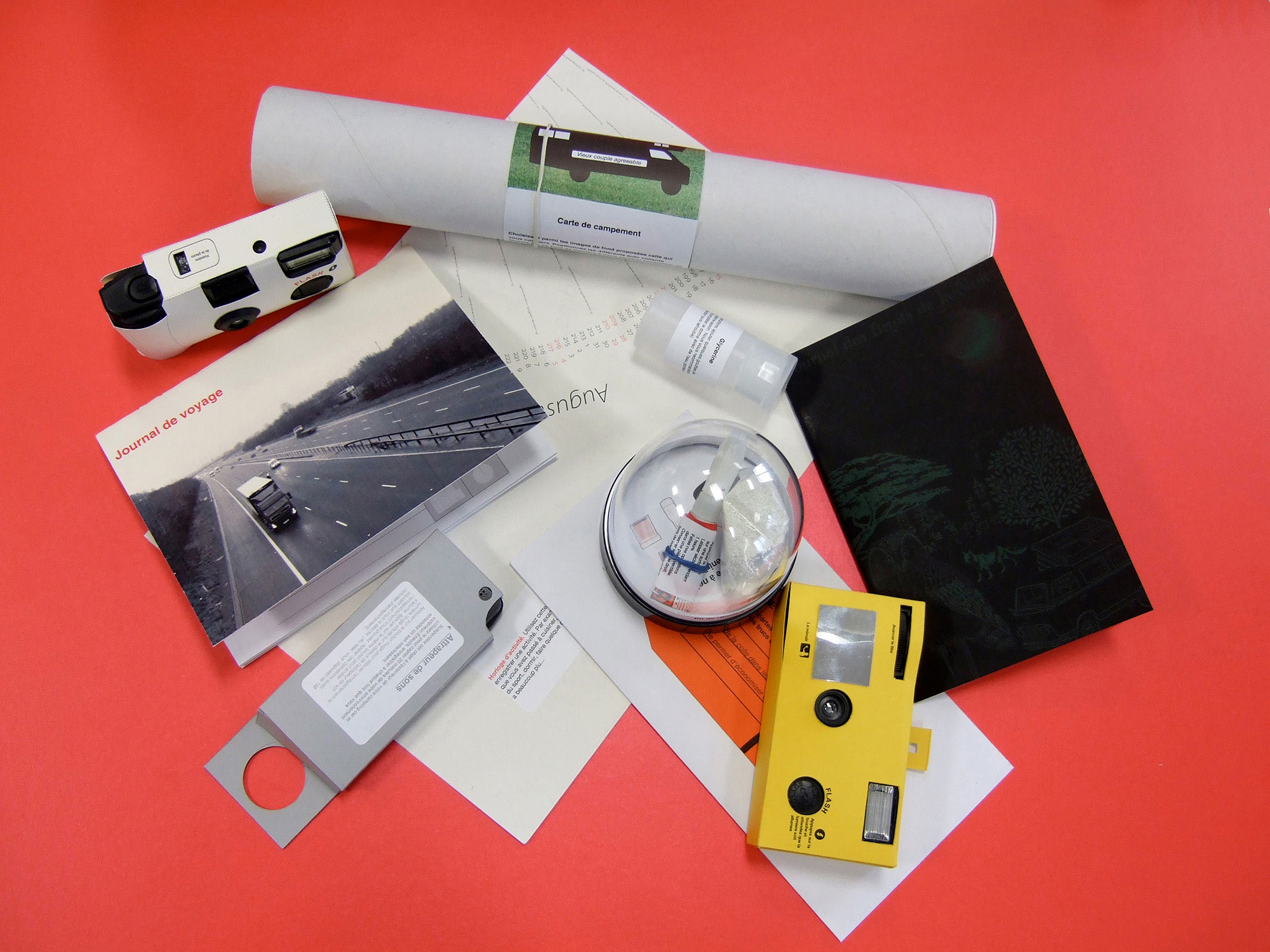
Cultural Probes are a design-led approach to user research in which collections of evocative tasks are given to volunteers to evoke inspiring responses, with the result serving as hints or clues about people’s lives. Since the Cultural Probes approach was first published in 1999 it has been taken up across a range of disciplines, with the original paper showing 1000+ citations on the ACM Digital Library and 2500+ on Google Scholar.
Design Workbooks
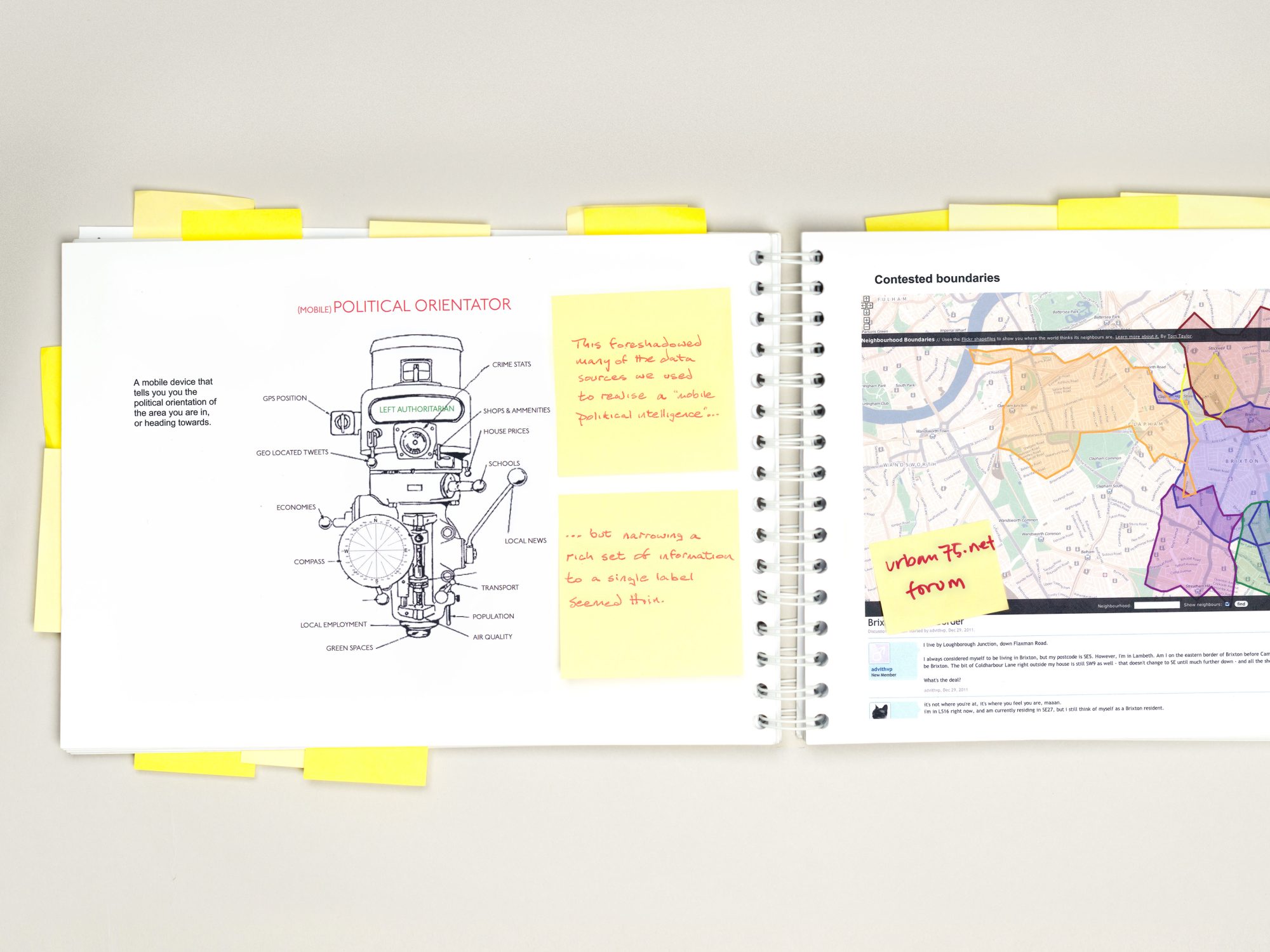
Design Workbooks are thematically organised collections of research proposals generated early in projects as a hinge between research and making. Proposals combine visual indications of design possibilities (collages, diagrams) with text that ranges from brief annotations to fuller narratives. They are more developed than sketches, and technically plausible, yet open enough to spur discussion and further imagination. Collecting proposals together creates a design space from which our eventual designs usually emerge.
Research Products
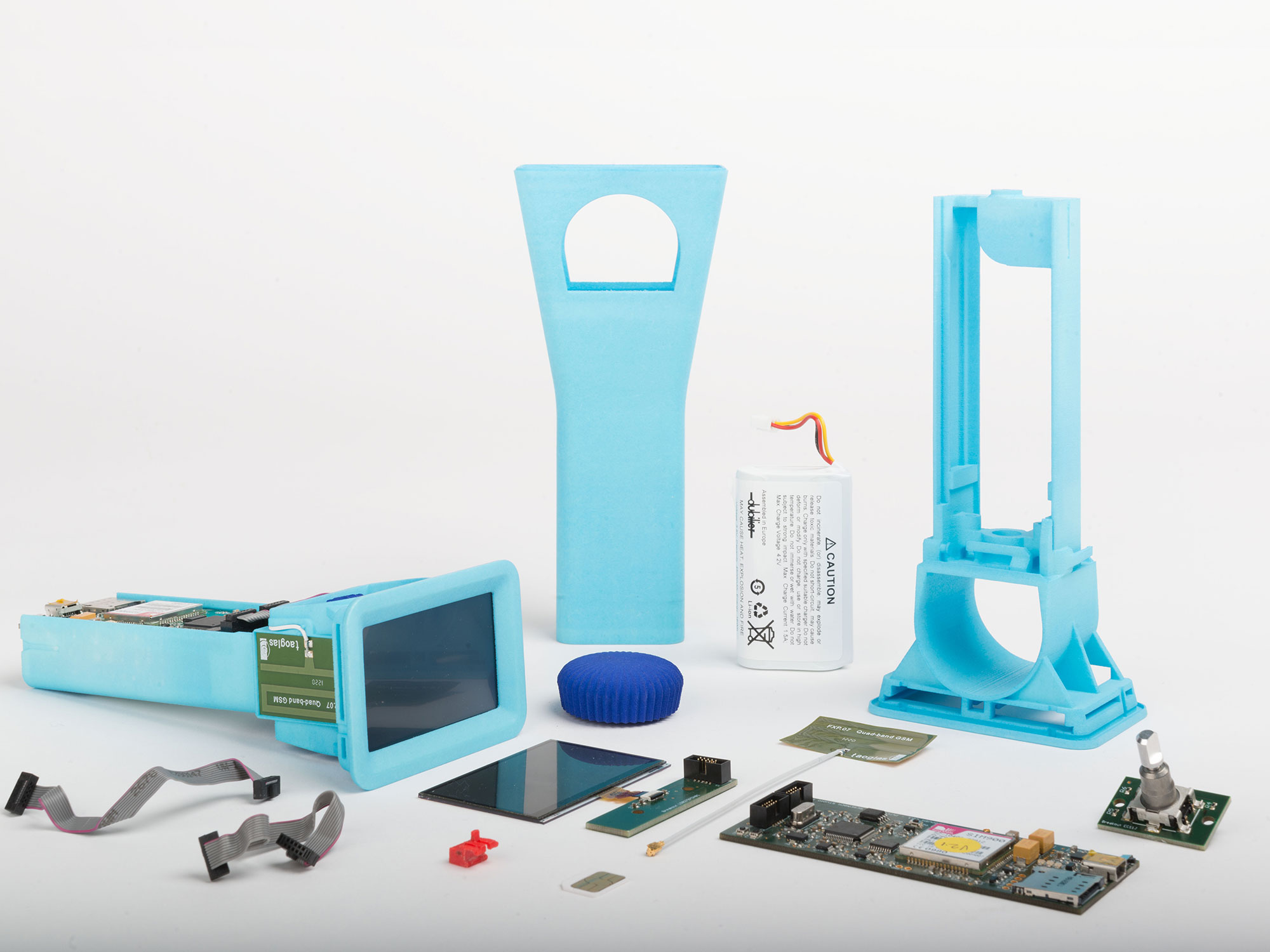
We have from the outset designed and built highly developed ‘computational products’ that are technologically robust and aesthetically finished. This allows them to be deployed to volunteers to live with and use for extended periods, without the distraction of partially finished prototypes. Participants’ experiences and engagements with our designs informs insights both about technologies and people.
Batch Production
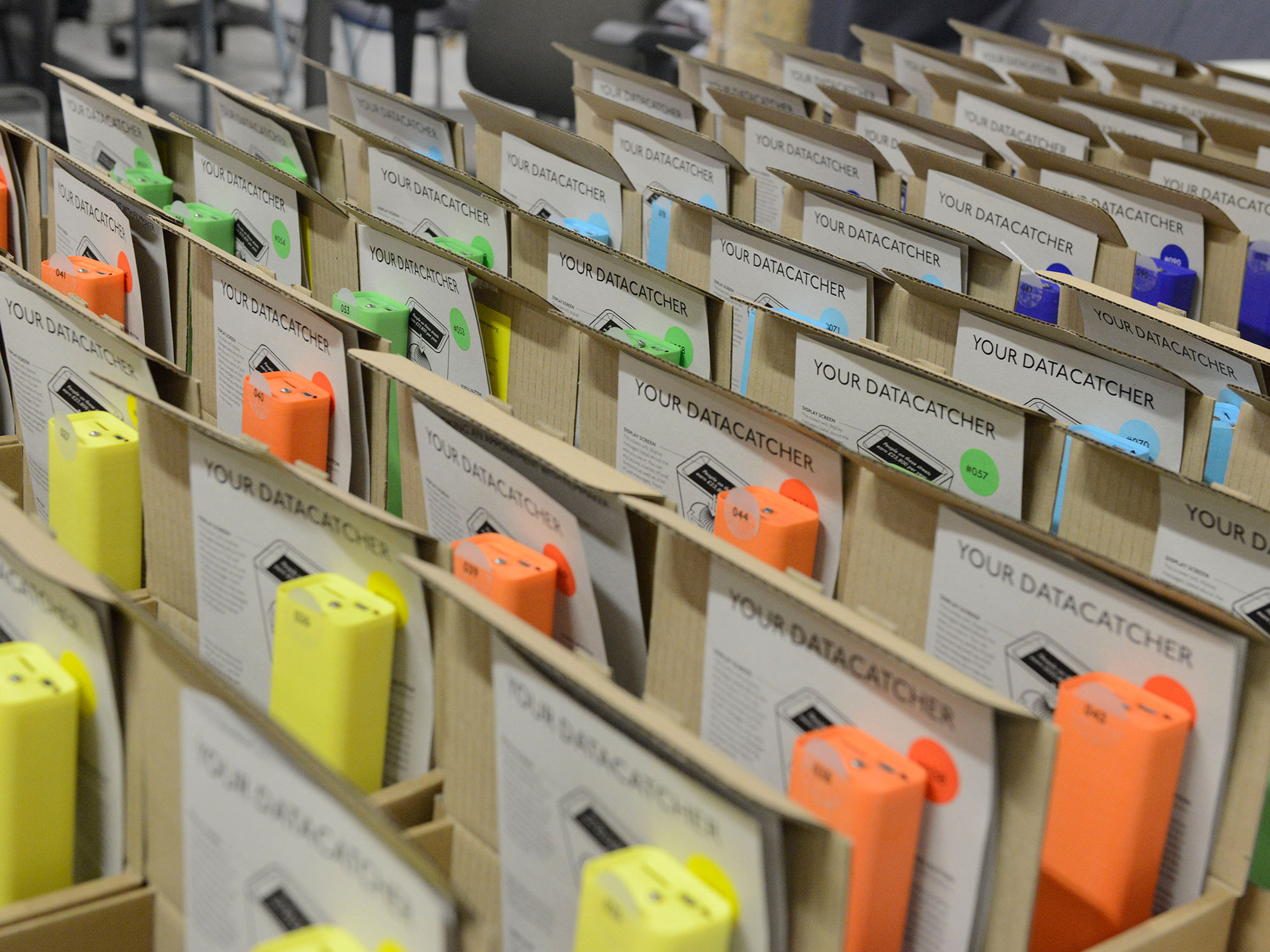
In order to pursue larger-scale field trials, we have explored batch production of our research products in numbers up to 130 technically-sophisticated units. Although resource-intensive, this methodology greatly increases circulation, allowing field trials with larger and more diverse users that give more people first-hand experiences with the things we make. This has a political dimension as well, as we explore how people can encounter digital products outside normal commercial channels.
Self-Build
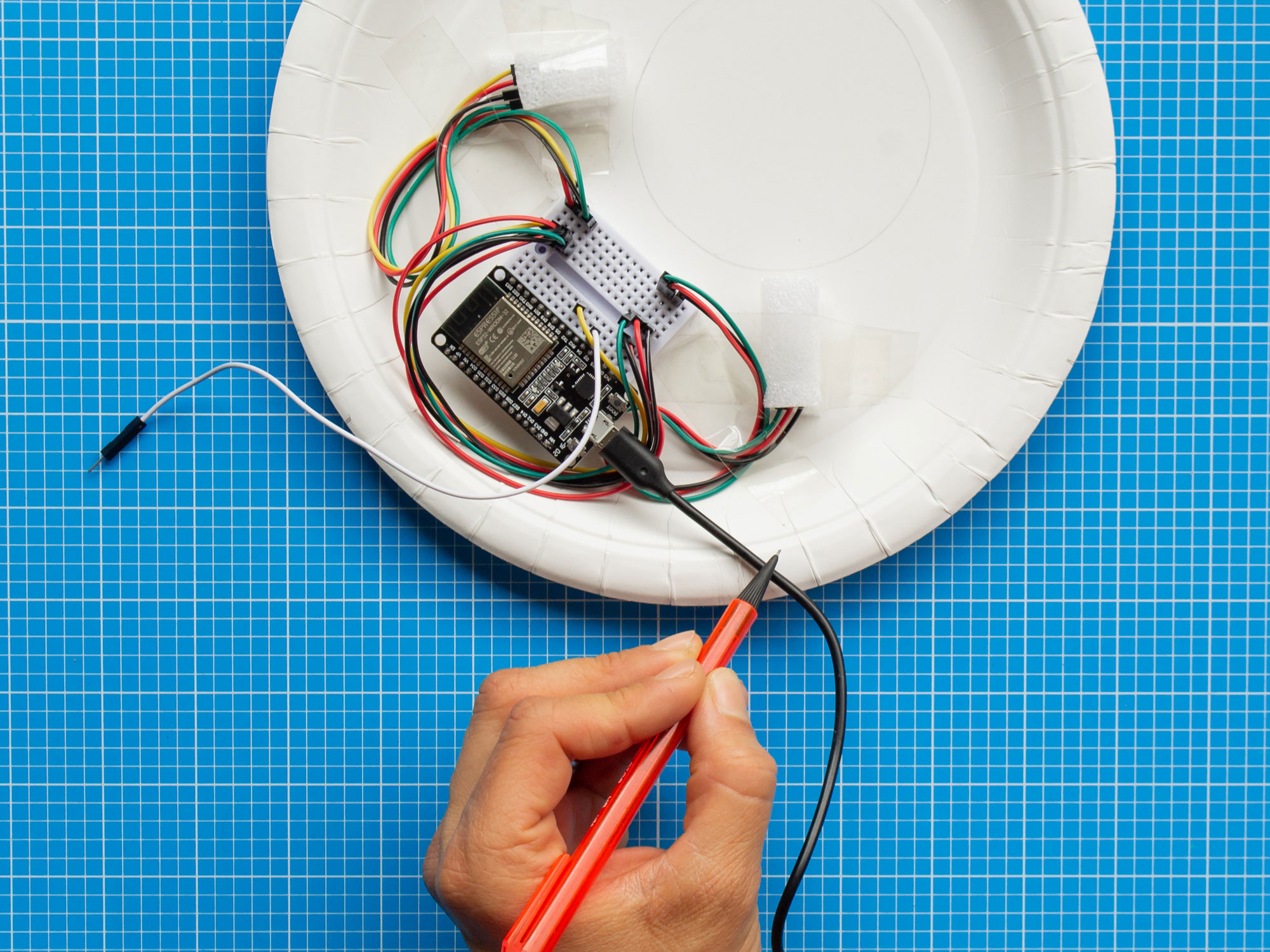
Self-Build is another methodology for increasing the circulation of our designs, which involves designing computational products that can be made simply from off-the-shelf components by following detailed, highly accessible online instructions. Beyond DIY or open-source design, the self-build approach emphasises clarity and accessibility for makers with no previous experience. The My Naturewatch project has been a particularly successful example, with approximately 3000 people having made our self-build camera design.
Field Trials
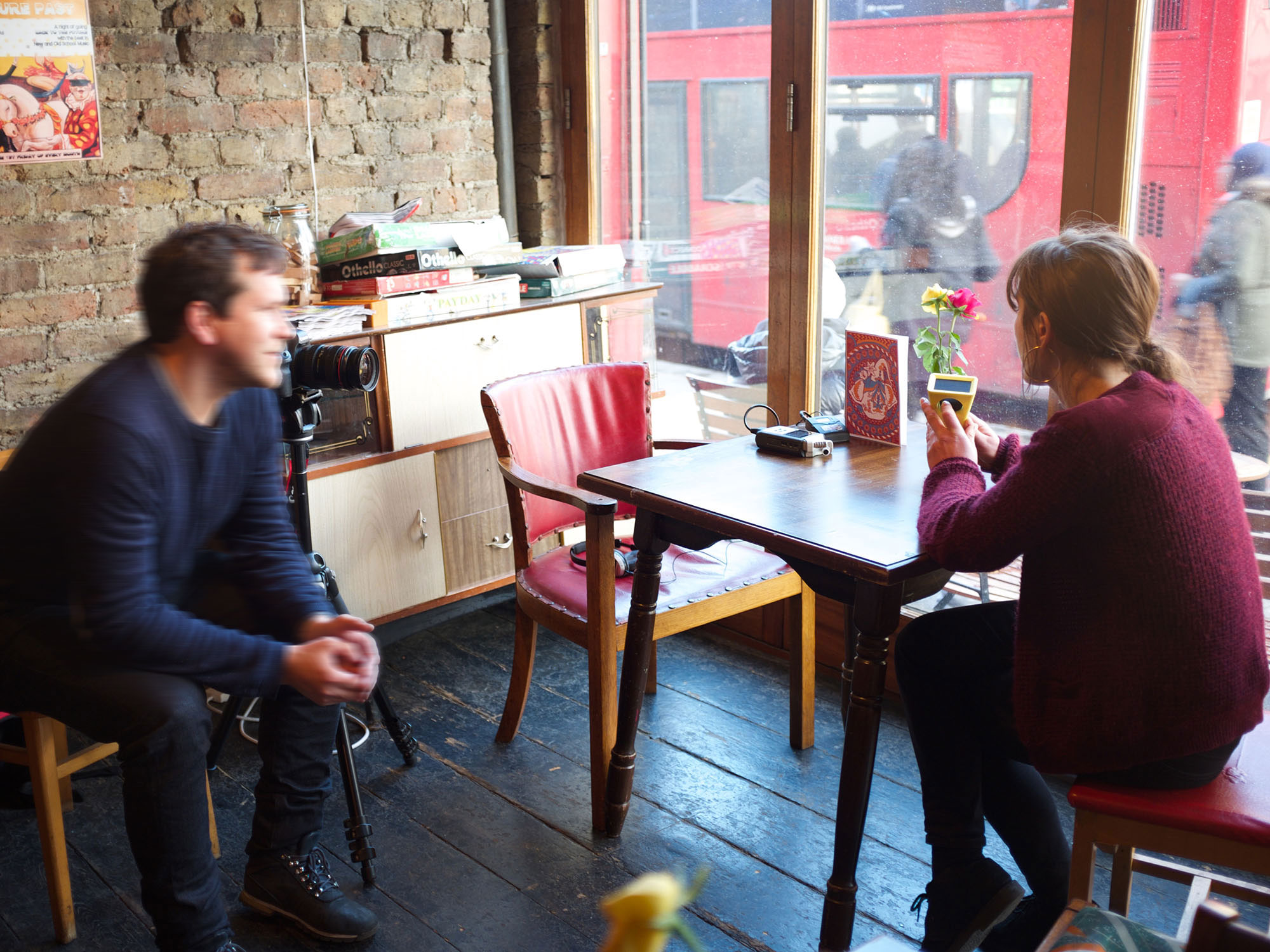
Field trials are integral to our work. We develop research products for people to live with in their everyday lives and don’t see them as finished until people have tried them – particularly because many of our designs are open to interpretation, so participants play a fundamental role in figuring out what we have made. We recruit participants from a wide range of publics, lending them our designs for at least a month and usually much longer. A variety of methods, from ethnographic observations and interviews to documentary films, self-reports, and accounts from independent commentators allow us to probe and capture participants’ experiences.
Ambiguity
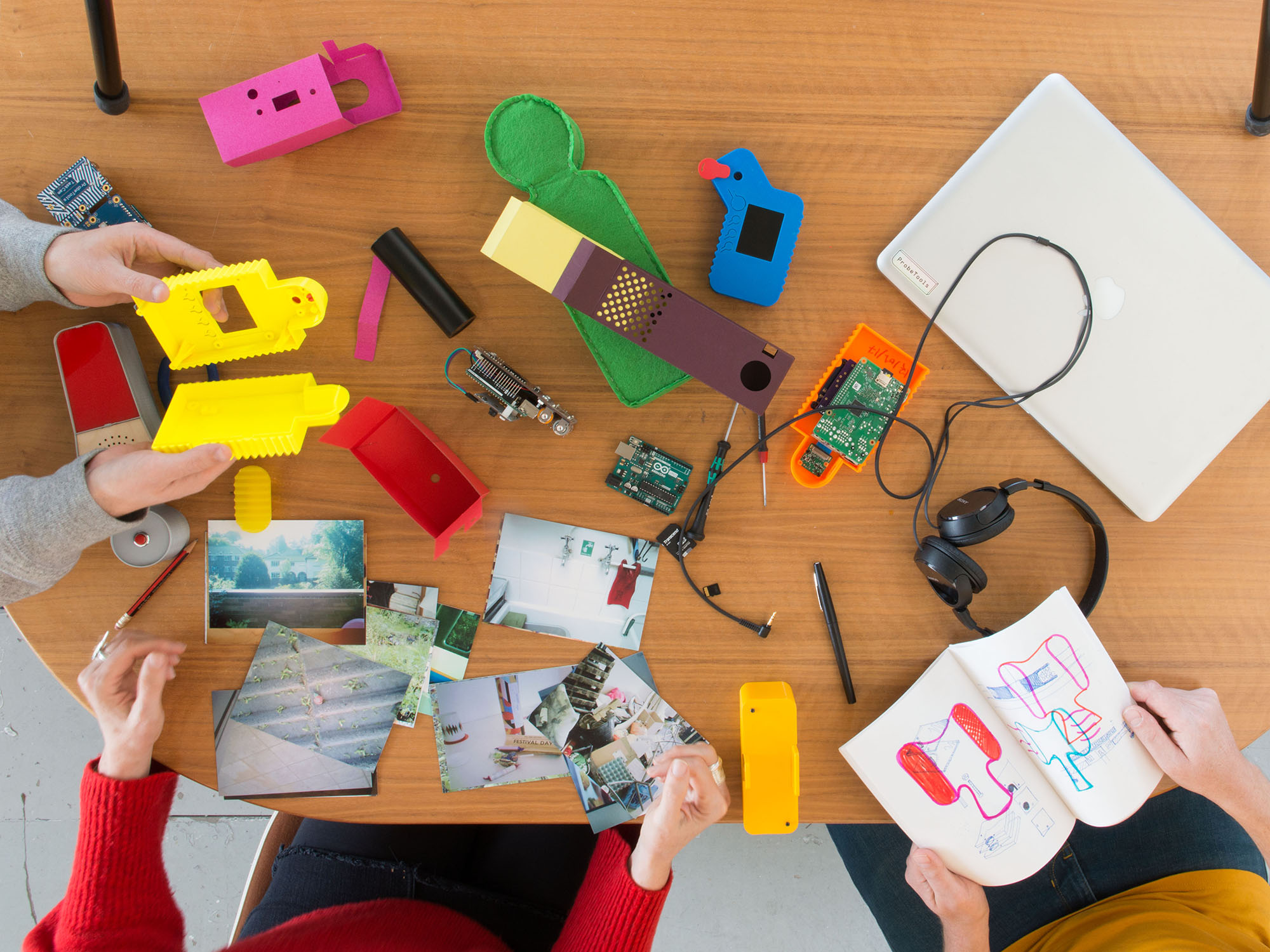
Ambiguity, openness and uncertainty are resources we value both in the process and products of our designs. For instance, Probes often elicit ambiguous returns, and observations of designs in the field can produce conflicting, polyphonic accounts. In each case, we value this as providing spaces of possible interpretations that are not arbitrary but empirically grounded, while open enough for our own imaginations and interests. Equally, we often design research products that are themselves ambiguous, particularly with respect to how people should engage with the situations they provide. Again, this creates a range of possible engagements, encouraging users to take a form of authorship as they encounter our designs.
Emergence
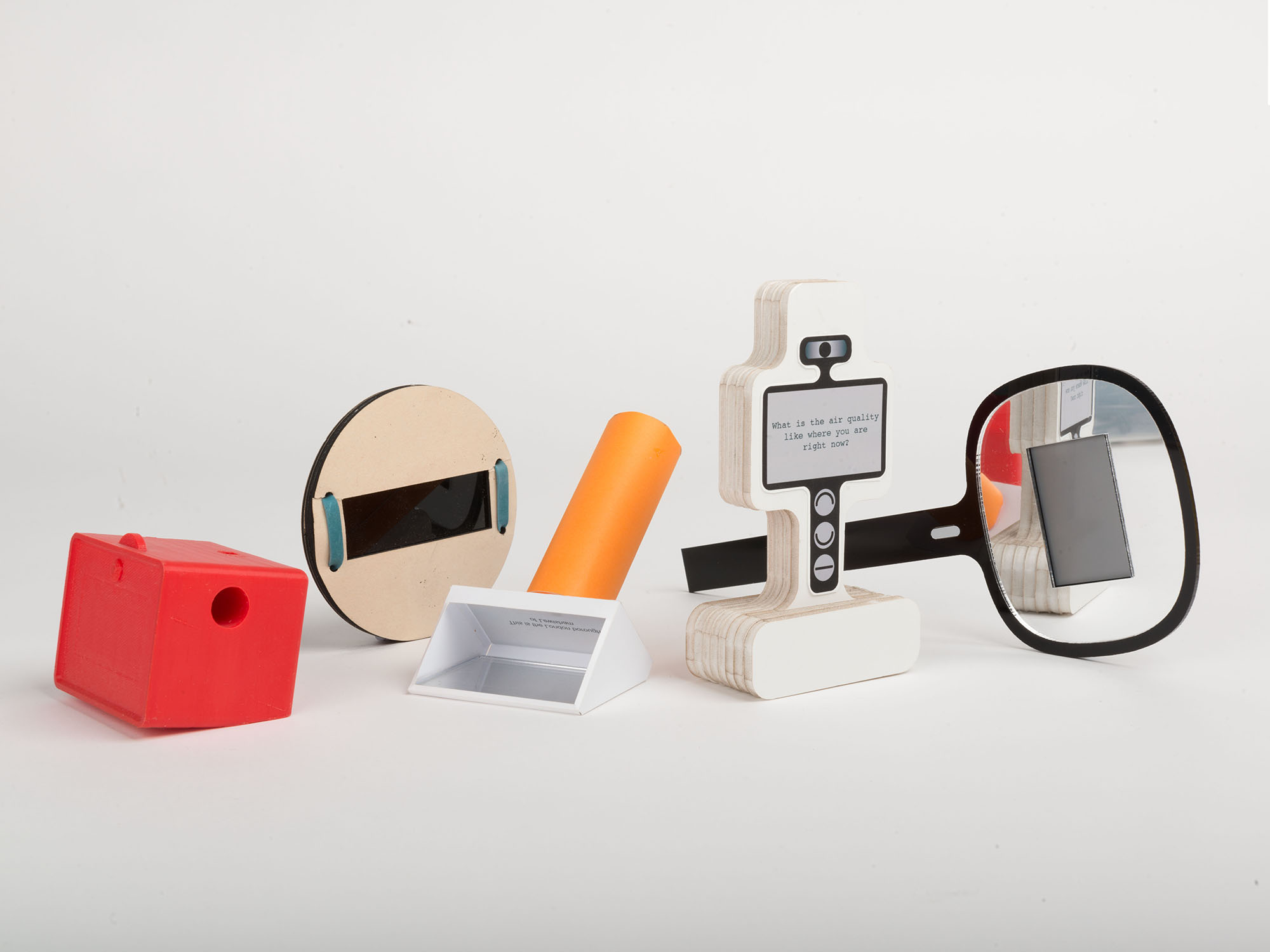
Emergence characterises our design process as we allow understandings, responses, issues and even basic topics to shift and turn in the course of a project. This may seem alien to intention-bound design approaches, in which predefined research questions guide a relatively linear process of investigation to provide answers. Insofar as design and making is a conversation with materials and situations, however, the agility that leads to emergence is an essential skill. Rather than discipline design skills to fit traditional notions of research, then, we are exploring ways to propose, pursue and report emergence in practice-based design research
Writing
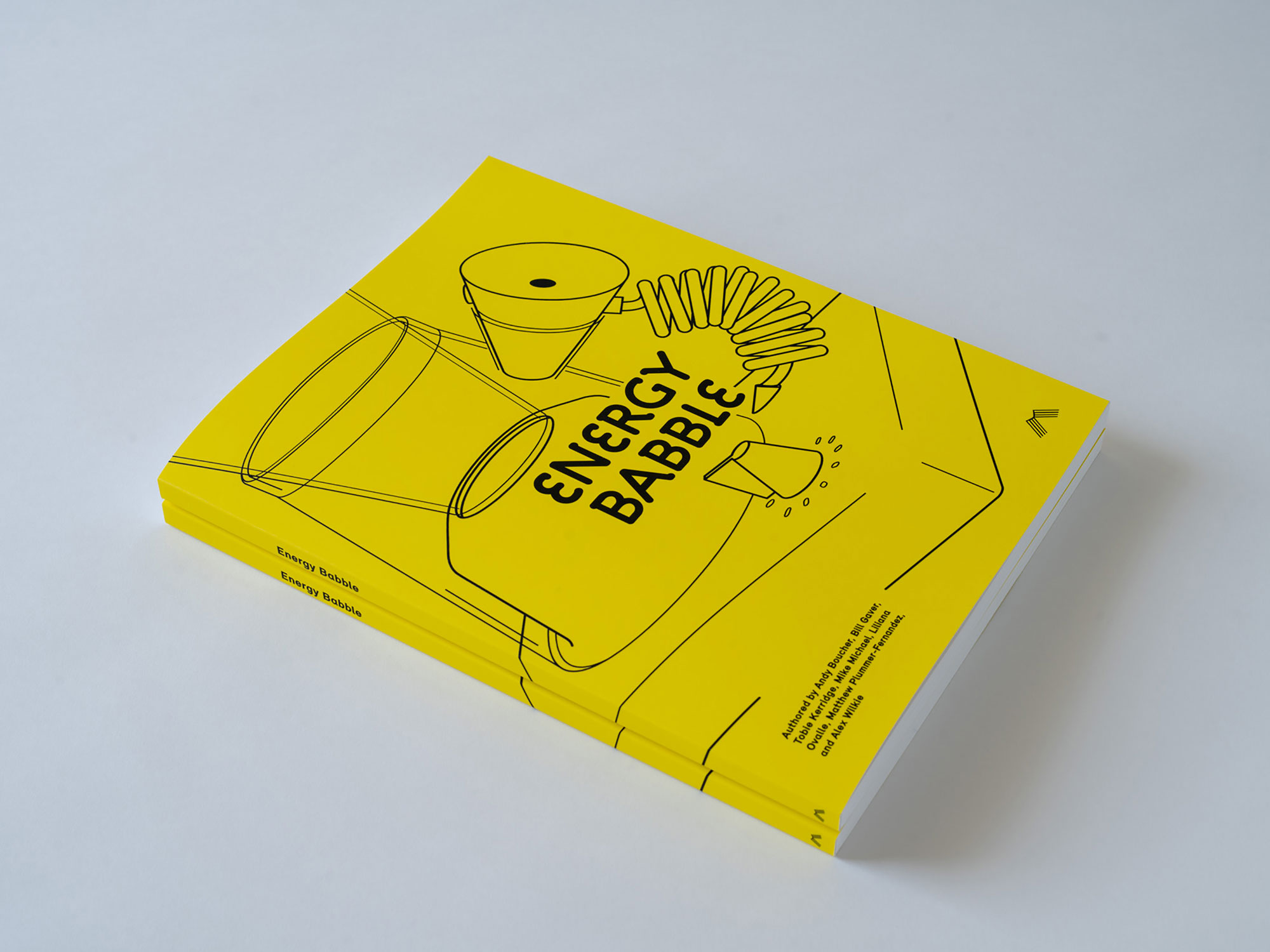
Writing about our work is fundamental to delivering it as research. It can be seen as a way of annotating our research products to highlight the issues and topics they address, the processes we used to develop them, and the new insights we have gained. We publish academic papers and pictorials in international conferences such as CHI, DIS and TEI, and also in more accessible publications such as interactions magazine and project books produced by Studio.
Exhibitions & press
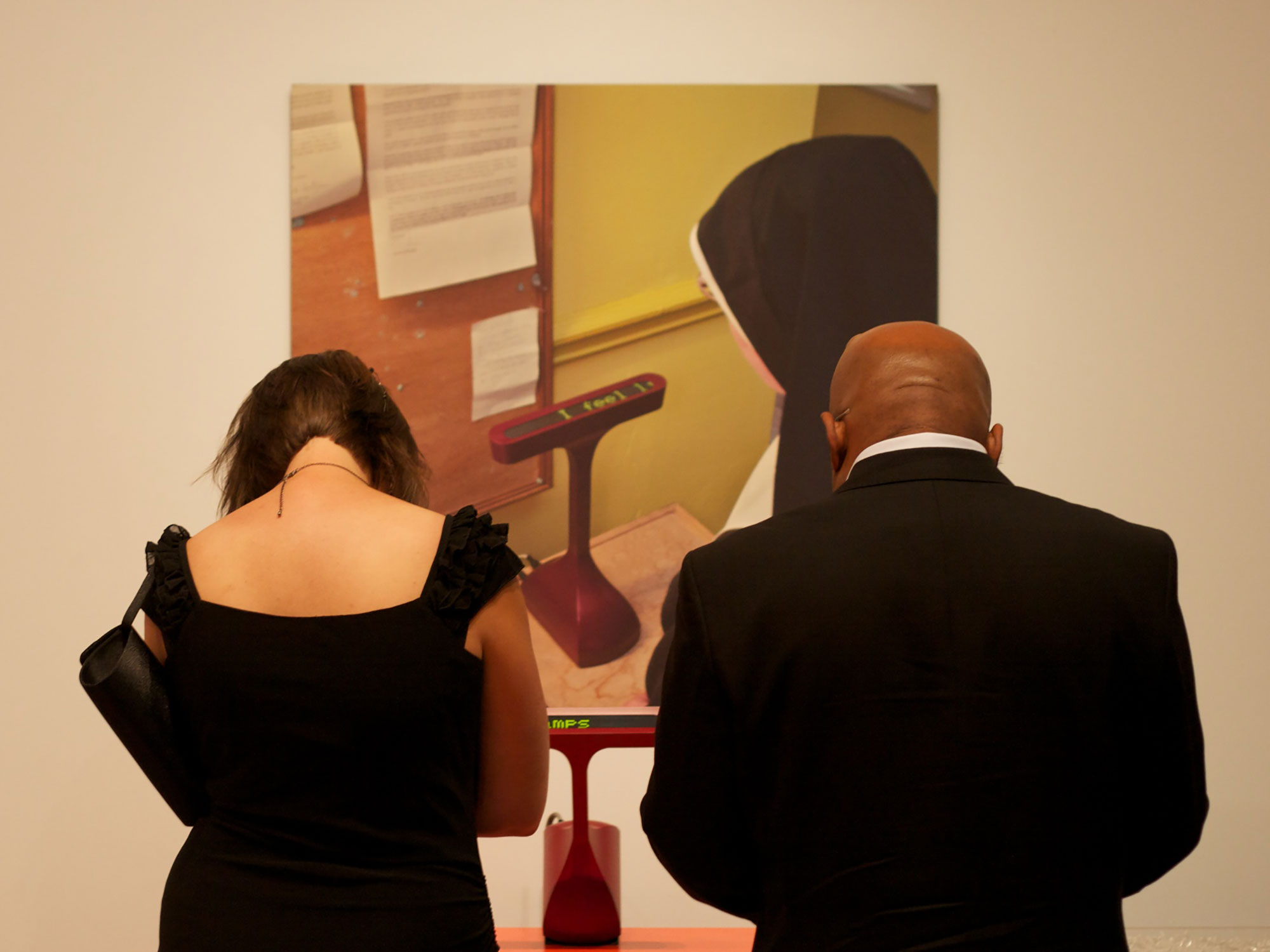
Our work is regularly exhibited internationally in venues ranging from New York MoMA to the Saint-Étienne Design Biennale. In addition, it often features in the popular and design press. We value this not only because it allows a wide range of people to share our vision of technological possibilities, but because we learn from the way curators and journalists interpret our work and make connections to other design and research.
